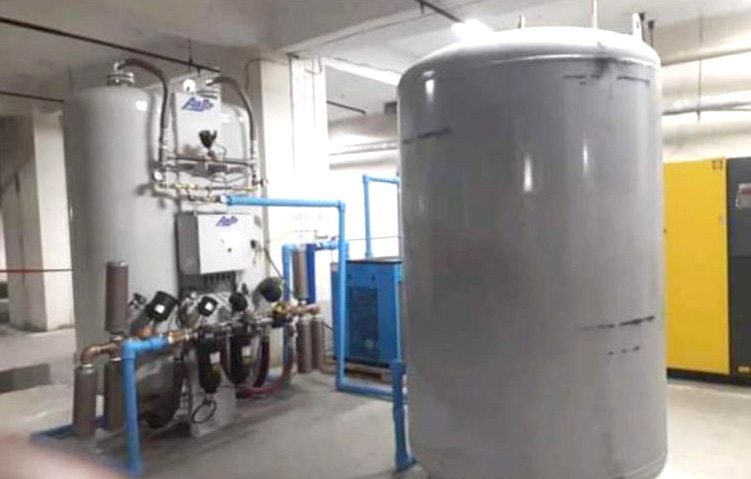As a leading global oxygen delivery equipment supplier, CAIRE Inc. has been called on to play a key role in rising to meet the battle against COVID-19. From the early days of the crisis to today, our company has responded to changing customer needs with a heightened level of focus and sustained intensity, to serve like never before.
CAIRE and its commercial products division, AirSep, both continue to receive extraordinary numbers of inquiries for oxygen equipment, including oxygen concentrators for individual patient use and larger oxygen systems for the medical gas pipeline in hospitals, including a recent major spike in demand coming from India.
A severe medical oxygen shortage, during the second wave of the coronavirus pandemic in India, caused hospitals and nursing care facilities to reduce the number of beds available for the sick due to an inadequate supply of oxygen to serve patients hospitalized.
O2 Expertise, Collaboration, Innovation
CAIRE’s expertise in the oxygen therapy space was called upon early by India’s healthcare and aid organizations when COVID-19 cases surged in April.
With requests more than doubling, CAIRE leadership moved to increase close communications with key leaders working to overcome supply chain challenges and act fast to expand production to meet demand.
“For CAIRE the key objective of this close collaboration was to leverage our full portfolio of oxygen solutions and find the best ways to serve the people of India – to do the most good for the most people possible,” said Earl Lawson, President and CEO.
“During this period our call volumes doubled, and our team experienced the hardest calls to take. Those calls coming from concerned relatives living in the US desperate to send oxygen equipment to their family and friends back home,” he added. “At every level of our organization we have endeavored to spread encouragement and stress innovation as we navigate supply chain and logistics challenges that were already more than stressed during the global pandemic.”
CAIRE’s global distribution partners stepped up to offer help in a big way, bringing this same desire to help in any way they could.
AirSep distributor, Airox Technologies, ordered hundreds of commercial scale oxygen generators that are expected to serve thousands of hospital beds in India.
India’s Path Forward
India’s need for medical oxygen still remains critical. In April, the federal government put a ban on liquid oxygen for commercial purposes. Steel mills were shut down and diverted the oxygen produced by the on-site cryogenic plants for medical purposes.
The major issues with dependency on cryogenic oxygen equipment are the efficiency of logistics and the cost, because oxygen supplies must be delivered and can easily be impacted by transport and safety issues.
The spotlight on the shortage has received greater exposure, with one of the first articles published in the Sunday Guardian on May 1 by Author and Professor Dr. Joseph M. Chalil, based in Palm Beach, FL
In his op-ed article, Let this be the last medical oxygen crisis in India, he outlined the major steps toward avoiding this critical shortage as the country meets future healthcare crises. These steps include the use of industry-leading AirSep PSA Oxygen equipment which makes oxygen on its own, on-demand, and reliably 24 hours a day 7 days a week – making it a safer alternative.
Following this article and others The Indian National Medical Commission (NMC), which regulates medical education in the country, moved to make captive oxygen plants mandatory for medical college hospitals in the country.
As the world continues to battle COVID-19, CAIRE continues to be diligent in working with a variety of institutions to establish resources in preparation to meet future health crises – supporting patients with the most essential element of care — a reliable O2 gas supply. In particular, the situation in India remains critical and CAIRE continues to work with its partners to alleviate the current shortage and support installation of the appropriate infrastructure to ensure that such a situation does not occur again.

